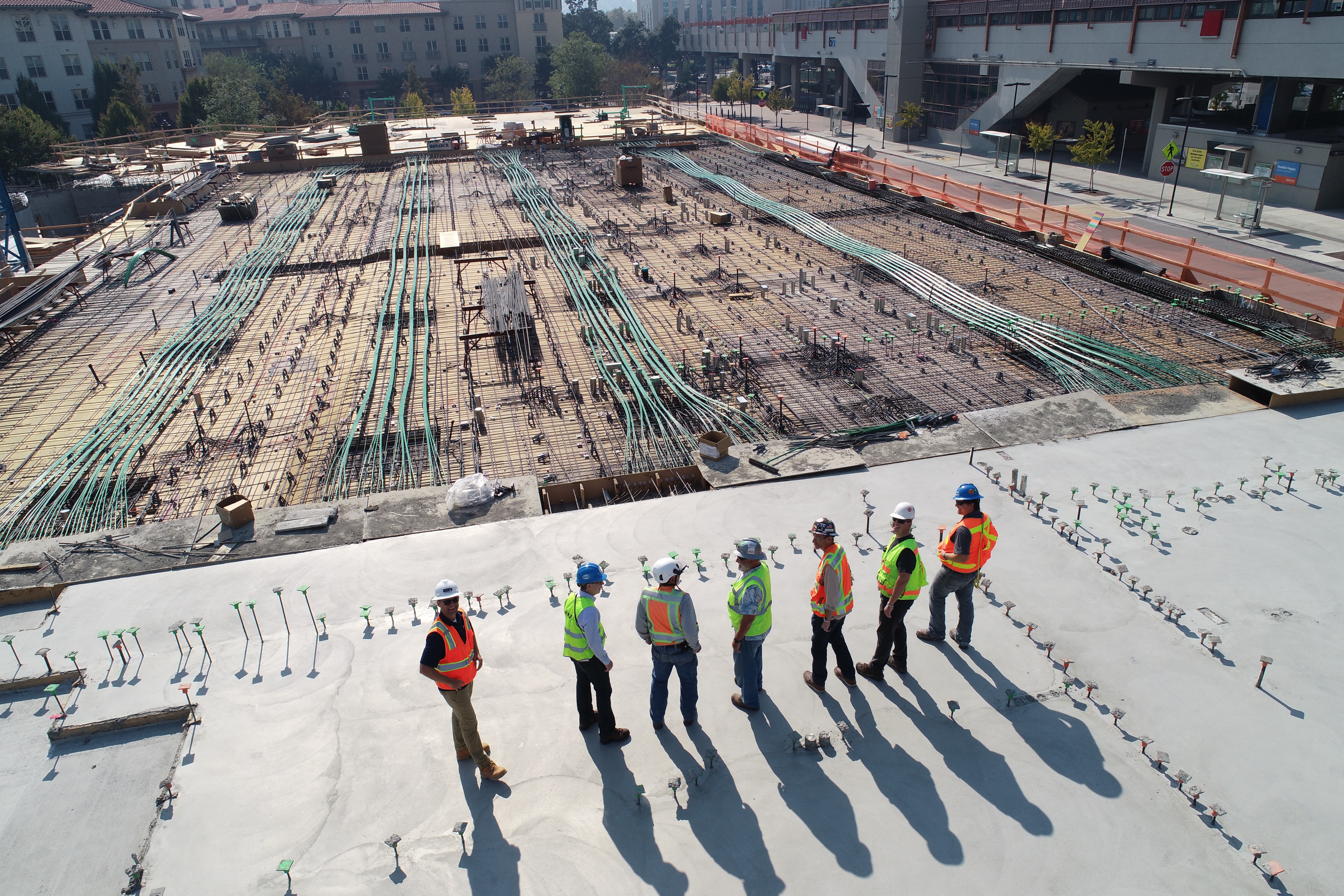Industry-wide, all eyes are on recladding and the replacement of combustible cladding, and rightly so. But ongoing confusion over who should take responsibility at each stage of the building process continues to create huge problems for sub-contractors in terms of professional indemnity (PI) cover.
Design responsibility & professional indemnity: Where does the buck stop?
In the months and years that have followed Grenfell, there has been a growing sense that we can no longer rely on the regulations which provide the framework for the industry. The findings of the Grenfell inquiry have so far highlighted shockingly systemic problems that affect design, product testing and methods of construction.
Despite almost four years having passed, there is still no absolute clarity on who or what was responsible for the tragedy at Grenfell. Instead, there are areas in and around the industry trying to shift blame and shirk responsibility, maintaining the environment that supports a race to the bottom.
The lack of clarity surrounding responsibility for assessing potential risks within the design, construction and occupation of a building is damaging and fragmenting the industry. Whilst larger, tier one contractors may be able to proactively add in steps to mitigate risk to the end user and exposure to unexpected contractual vulnerabilities – employing consultants and lawyers, for example – smaller, regional firms without the knowledge or resource to do the same, might be completely unaware or even just crossing their fingers and hoping for the best.
The draft Building Safety Bill, published last summer, sets out to address these blurred lines of responsibility, by legislating checks and processes that will encourage collaboration and accountability. Greater transparency and sharing of knowledge are worthy objectives but, as we currently stand, seem a long way off.
An industry impacted by uncertainty
With the hot potato of responsibility passing from building owner to architect, to contractor, to sub- contractor, to installer, insurers are understandably nervous, asking for more and more detailed assessments of buildings, whilst hiking premiums and issuing wide reaching exclusions.
Across the industry it’s now almost impossible to get full professional indemnity insurance for the design of facades without prohibitive exclusions, but still the finger pointing continues.
Cladding suppliers, even if they only cut boards to size, are considered manufacturing – which means they have some design responsibility in law. More so if they are installing hangers to boards or are fabricating cassettes.
But although a supplier might provide a static calculation for a project, faced with a claim they would likely argue that the calculations were provided as a service, for guidance, and that the responsibility lies with the installer’s engineer to check the calculations. The supplier might provide a warranty, but it doesn’t constitute a contractual link and there is unlikely to be detail around what exclusions or conditions the supplier is passing on to the installer.
Larger suppliers with more resources available to them, are taking matters into their own hands and sourcing their own PI cover for design, but as sub-contractors, it’s clear to us that there is a sizeable hole in the insurance industry, and until the government make it clear exactly what the risks are, the PII industry will continue to be ultra-cautious.
Insurance premiums are potentially hampering the safety of projects with exorbitant rates and unnecessary exclusions that smaller firms can’t or won’t adhere to – some small firms are being asked to double their PI cover. There will be some firms that simply can’t afford this level of increase, and faced with a potential claim, may just decide it’s easier to stop trading, potentially starting up again under another name at a later date. But leaving the claim unresolvable.
What are the government doing?
In February 2021, the Government announced an indemnity scheme targeted at professionals unable to obtain PII for signing off EWS1 fire assessment forms, with the objective of reducing the bottleneck around the number of fire safety checks. Arguably a nod in the right direction (the Government acknowledges the lack of PII cover is a ‘major barrier’), the scheme will increase the number of professionals able to complete the form, which is required by mortgage lenders after the government extended its ban on combustible external wall cladding to buildings above 11m in January last year.
There has also been some progress via The Construction Playbook, which sets out best practice and outlines the Government’s expectations of how the supply chain should engage with each other, standardising products and services and encouraging transparency. All great in theory, but how we all go about putting this into practice remains to be seen.
Understandably, with their own obligations to understand, clients and main contractors seem to be unaware of the difficulty the confusion and restrictive PI is causing for sub-contractors. The complexities could result in areas of the supply chain being left exposed by unscrupulous or ill- informed sub-contractors, which goes without saying is something we should all be working together to avoid.
At Eden Facades we take a proactive role in driving best practice, from providing more detailed and specific quotes, engaging specialist consultants to assist us, and ensuring our managers and installers are trained and experienced in the task at hand. Call us on 01268 744199 to find out more about our processes or to discuss a specific project.

